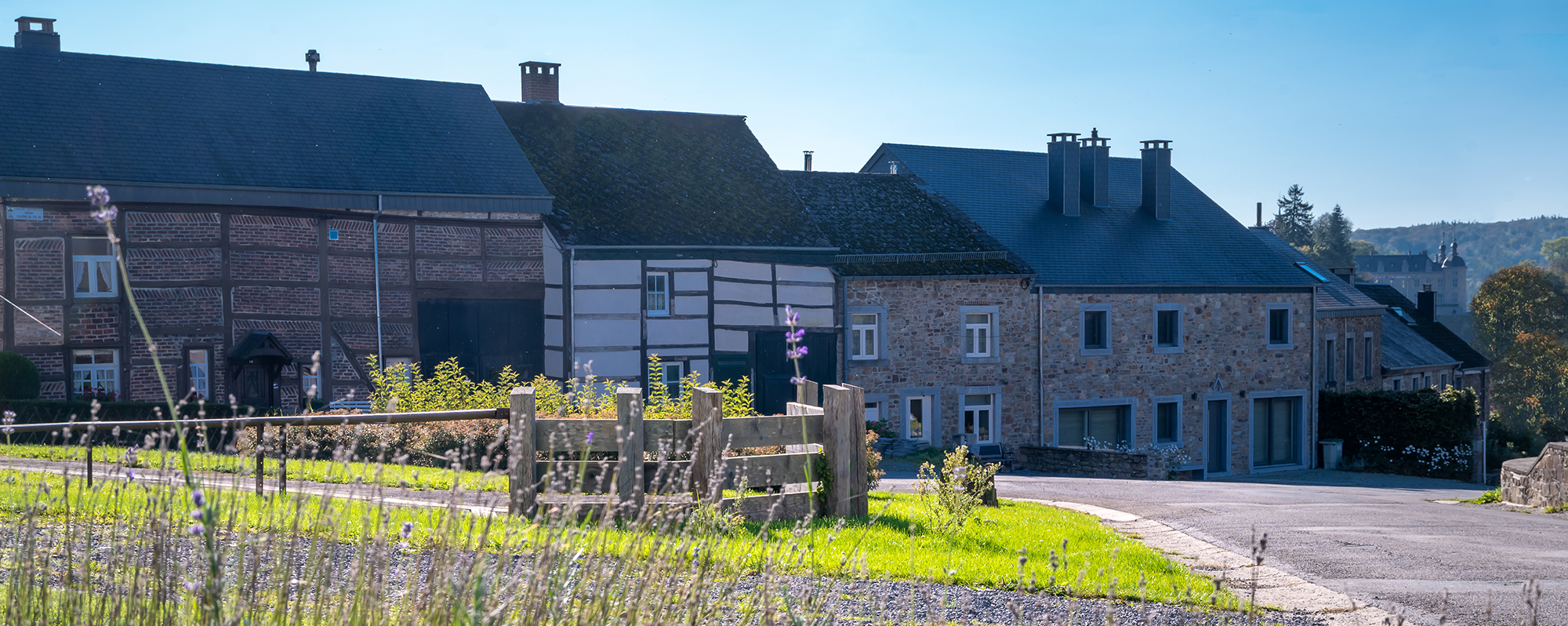
Characteristic of a region, a village, discover the traditional village settlements and the elements of rural heritage which comprise them.
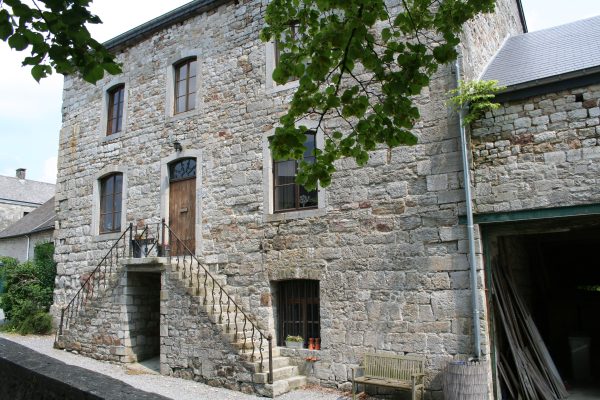
An ancient fortified house, a witness to the medieval past of the village, which became a presbytery and a large residence with a proven heritage value.
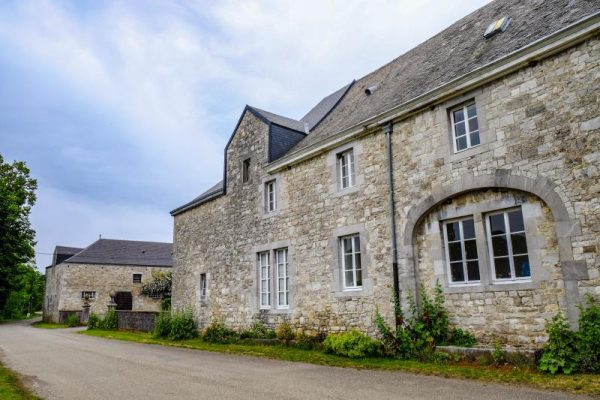
Facing the ponds, a magnificent hamlet made up of 17th, 18th and 19th century limestone buildings - (Outside the village - 4 km).
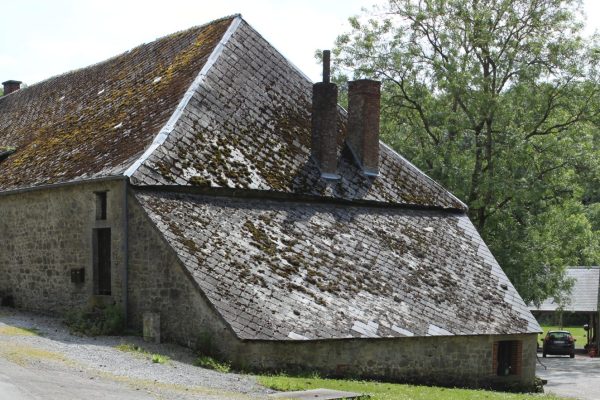
Protected by its imposing roof and tucked away at the bottom of the valley, the Vaulx mill took advantage of the convergence of the natural elements.
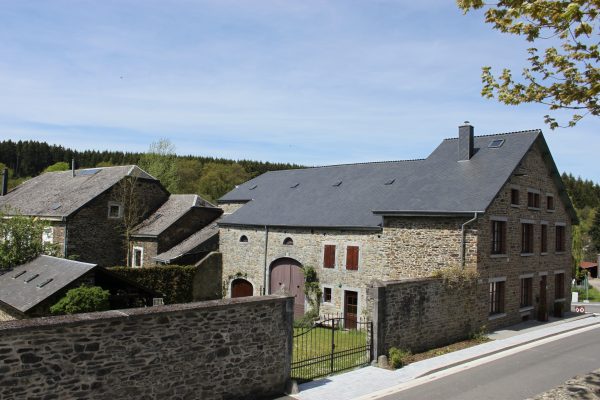
A family farm in the heart of the village.
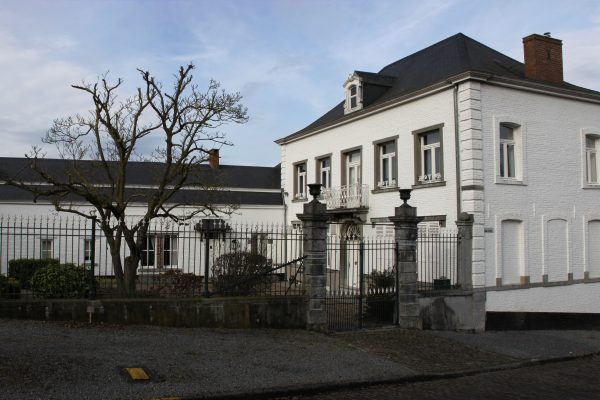
A witness to the local bourgeoisie of the 19th century, this remarkable mansion opens its main whitewashed façade onto a carefully wooded courtyard.
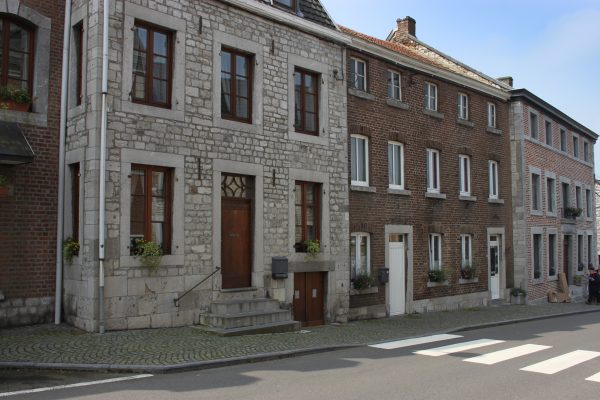
Reminiscence of an old village activity.
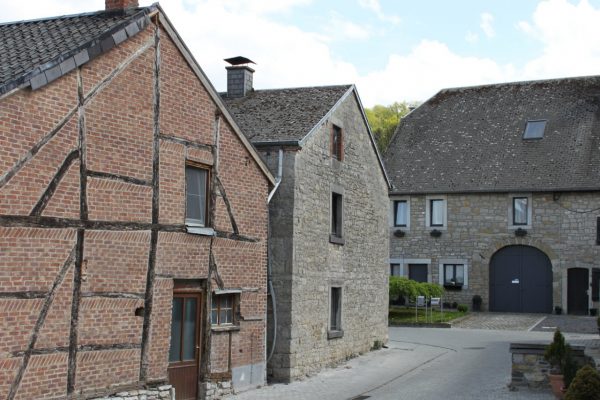
In the village of Ny, there are qualitative examples of buildings with half-timbered facades or gables.
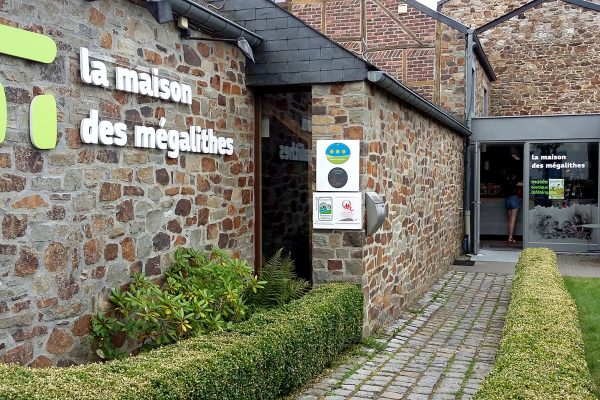
An ideal starting point for exploring the village of Wéris, the region and the famous megalithic field.
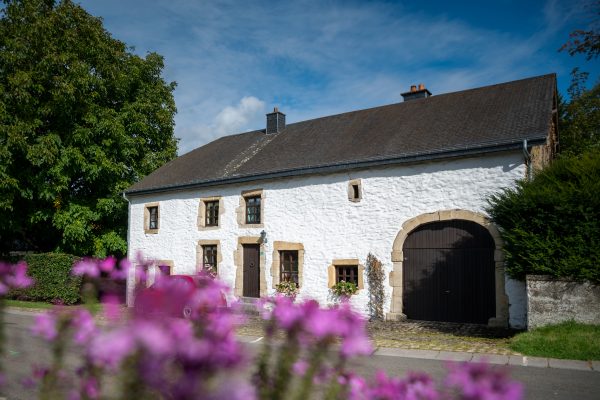
The softness and variety of a colour palette contrasting with the surrounding meadows and the harsh Ardennes countryside nearby.
The association Les Plus Beaux Villages de Wallonie (The Most Beautiful Villages of Wallonia) oversees a network of 32 villages, bearers of a strong territorial identity and reflecting traditional architecture. It is committed to promoting the rural, cultural and natural heritage of Wallonia and is a part of the development of local and responsible tourism.
More information